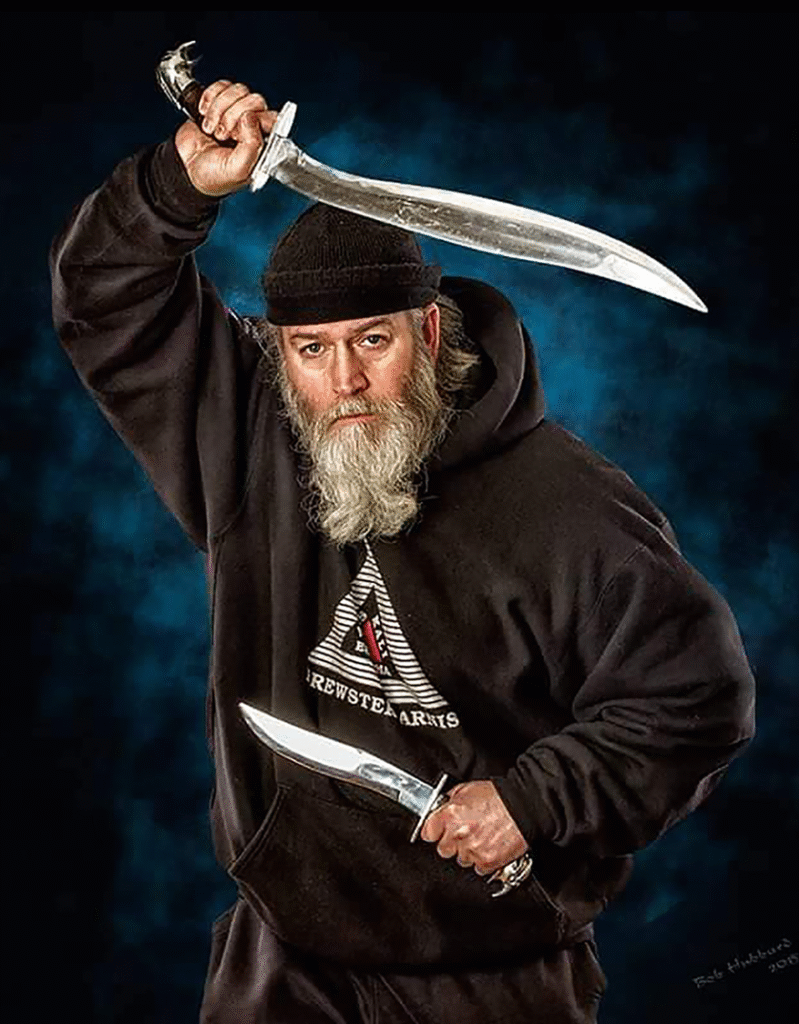
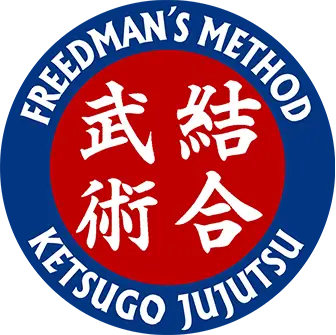
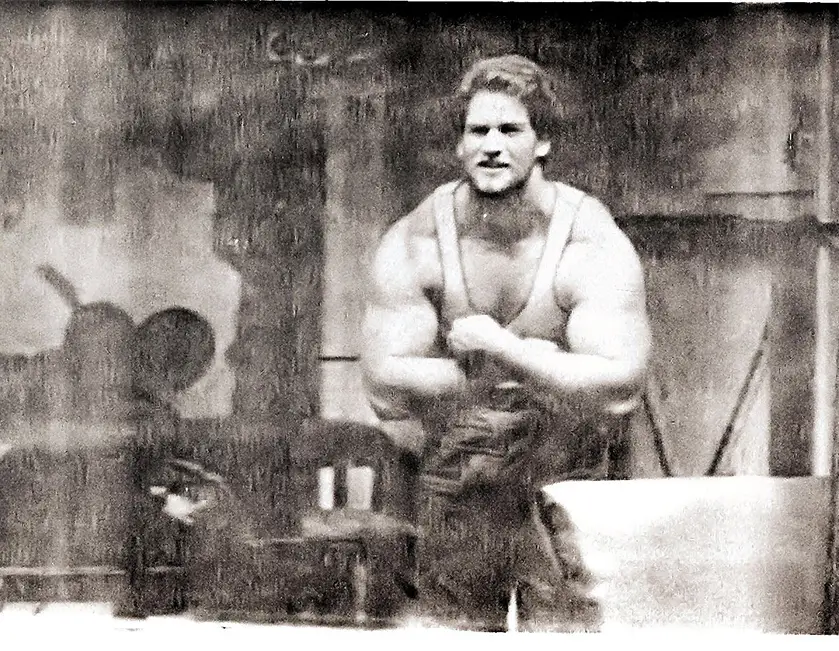
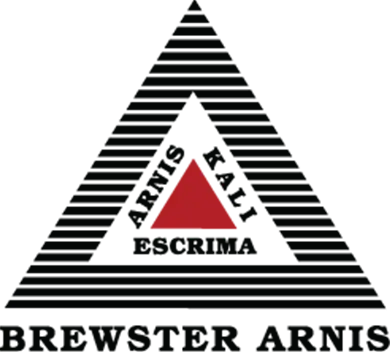
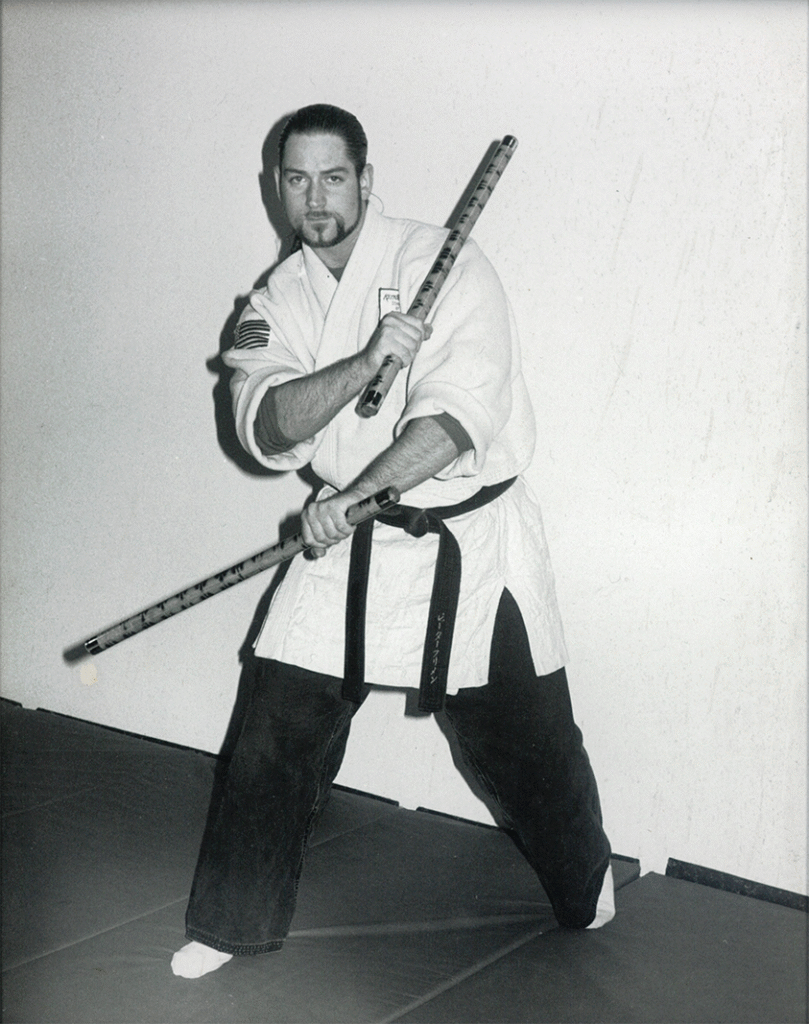
PETER FREEDMAN
Peter Freedman Sensei (“Pete”) is world-renowned in JuJutsu and
has been recognized by the Pugilistic Hall of Fame. He’s a Grandmaster
in JuJutsu and Brewster Arnis, a Filipino knife and stick fighting art.
Pete has dedicated the past six decades of his life to martial arts
training and is honored to share his formal techniques and practical
experiences with the next generation.
Early Days
Pete grew up in Boston’s violent South End, known as the Combat Zone
in the 1970s. This area was plagued with poverty and organized crime.
Homicides and gang violence were rampant. Pete’s goal as a young man
was to simply survive until the age of 19—as so many of his childhood
friends did not. He had numerous attempts on his life and was shot and
stabbed on more than one occasion.
Surviving the Streets
To survive the dangers of the streets, Pete learned how to bare knuckle
fight from his father, a well-known boxer at the time. Mr. Freedman
rigorously coached Pete, teaching him how to bob and weave while
striking ping-pong balls strung up in their home’s basement. As Pete
grew older, he trained in a variety of martial arts systems. His choice
system was called Ketsugo JuJutsu, a difficult style where techniques
were taught hard and fast.
Changing Young Lives & Creating Champions
While many of his peers were drawn to a life of gang-related activities, Pete
focused his energy in a positive direction—opening an all-natural power-lifting
gym in 1979. Over the next 15 years, Pete’s Power Gym had a life-changing effect
on countless at-risk youth in Boston’s Combat Zone. He provided his students
with a healthy alternative to joining a gang or committing a crime—training many
of them at no charge. Thirty-five of these young trainees went on to become
national body building champions. As shown in the photo below, Boston Mayor
Raymond Flynn formally recognized Pete for his outstanding work in the
community. Also pictured are WWE Hall of Famers and former gym members
“Killer Kowalski” and “Big John Studd,” and the 80’s icon Anthony Michael Hall.
Pete continued to offer body-building training to local at-risk youth and provide
private Jujutsu lessons until the facility closed in 1994.
Freedman’s Method of Ketsugo JuJutsu
A few years after closing his gym, Pete moved to rural New Hampshire in the
hope of creating a better life for his family. After building a Japanese-inspired
private dojo on his Weare property, Pete offered Ketsugo JuJutsu lessons, a
blend of the best martial arts systems he studied throughout his life. He also
shifted his teaching methods from a hard style to a soft style—yielding like a
willow tree instead of cracking like a pine.
This teaching method makes the martial arts form accessible to people of all
ages, sizes, health levels, and athletic abilities—as the Japanese intended.. It
employs a slow and safe controlled system of movement, as opposed to a hard
and fast system in which only the strongest and most skilled opponent can win.
Incorporating the best martial arts techniques gained from a lifetime of study
and practice, Pete created Freedman’s Method of Ketsugo JuJutsu, which he
teaches today.
Freedman’s Method of Ketsugo JuJutsu: Core Training Elements
This system comprises three core elements: Footwork, Nine Angles, and
Flow Drill.
Footwork is the foundation of any art—the teaching of how to move the body.
Nine Angles represent the only physical angles from which one can be attacked—
whether armed or empty-handed.
Flow Drill teaches how to flow from lock to lock, incorporating advanced
components like body structure analysis and balance. Students develop an
ability to react creatively instead of thinking. While concepts are shown in
technique form at the start of training, very little is memorized. Instead, the
emphasis is on instinctively and subconsciously moving the body, blending
energy with that of the attacker. The goal is a creative flow with no mind
(thought). Instead, calmness and muscle memory reactions are developed
through Randori or dance of chaos. With Randori, one student is in the middle
of a group of attackers and must defend against multiple opponents at the
same time. This drill will mirror the level of proficiency of the given student.
Students are encouraged to learn how JuJutsu works, instead of proving who
is the most advanced.
Creating Humble Scholar Warriors
Pete believes in creating scholar warriors. As part of their training, his students
are expected to follow a reading list as they grow in rank. Anatomy, mobility,
and holistic medicine are also taught. The learning environment is a humble one.
Ego does not exist in true JuJutsu.
visit: www.BackwoodsSensei.com